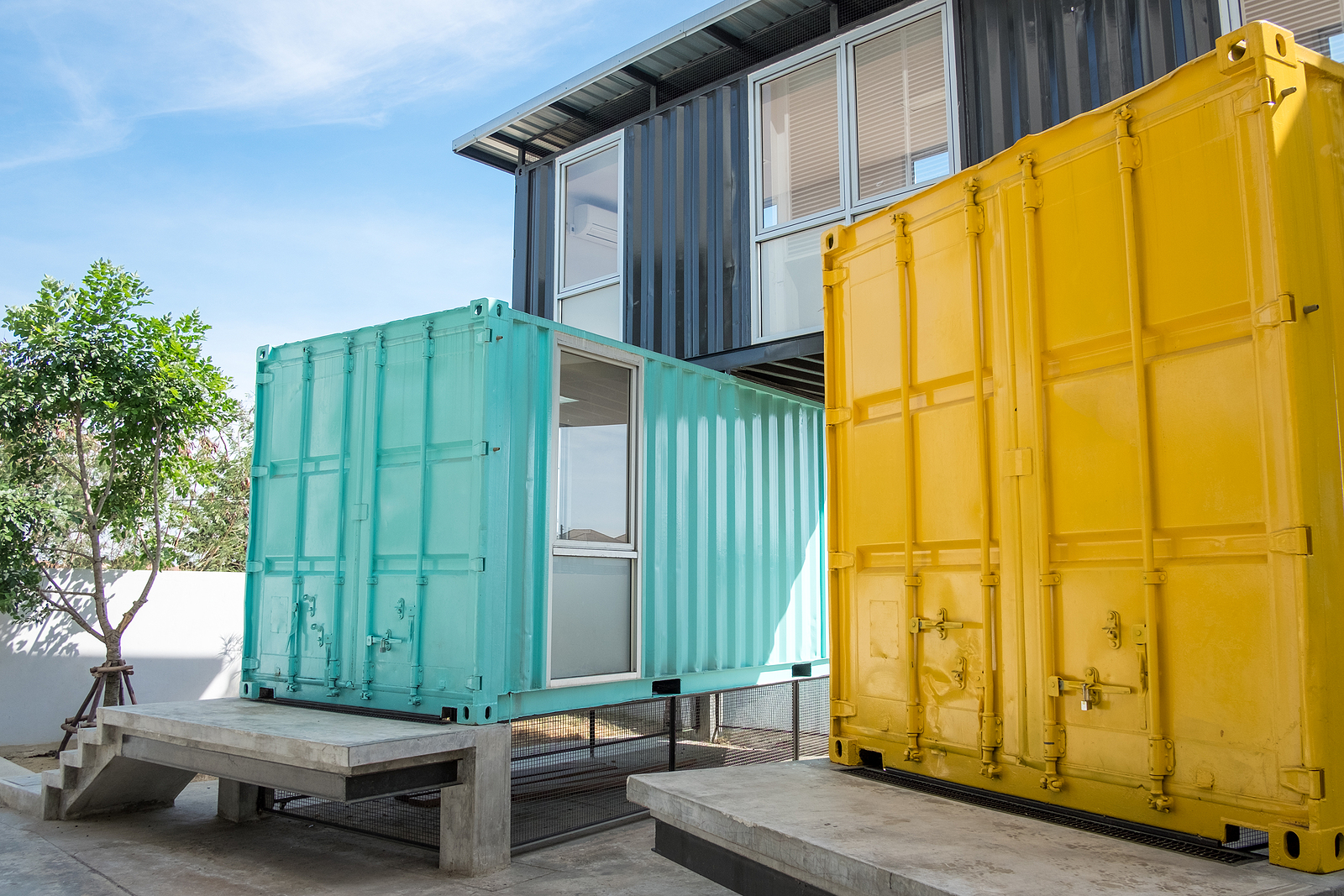In the 2020s, people are more aware than ever of the ecological impact of the way they live, both as individuals and particularly as a society. This in no small part explains the surging appeal of shipping container conversions.
As a prefabricated metal structure, it is the right shape and structural rigidity to be converted into practically any type of space, and since containers can be stacked on top of each other, it can be used to create highly modular, modifiable structures similar to the dream of the Metabolism movement.
It took until 2000’s Container City project for this to be realised, but the concept was first popularised, depicted and brought to the attention of an international audience eight years before.
How Containers Learn
The 1994 book How Buildings Learn by Stewart Brand is both an illustrated journey through the ways in which buildings evolve after they have been constructed throughout their lives and the lives of the people living in them and a manifesto against the rise of modernist architecture.
The fundamental issue, as voiced by Mr Brand himself during a six-part television adaptation of his book, is that modernist architecture and other flashy forms of construction that are centred around the visions of an individual or group of architects neglect the needs of the people living in them.
These particular works of architecture, known as either “high-road” or “no road”, are designed around spectacle and concepts, without paying any heed to how they might be lived in, making them more like monuments someone can step in than actual usable spaces.
By contrast, Mr Brand advocates the use of low-cost building materials that can be easily modifiable and evolve to meet the needs of the people who actually use them. These buildings, often designed to be temporary, thrive precisely because they can be changed.
Many of the examples he uses are buildings that were initially built for one purpose before being modified, such as warehouses, but the concept not only could include shipping containers in theory but does so in practice as well.
During the initial writing of How Buildings Learn, he set up a research office in a shipping container and would describe how and why he did this in the book itself. His home, similarly, is a grounded converted fishing boat.
There was also a fascination with the much larger and long-term case of MIT’s Building 20, a temporary wooden structure that despite being made purely as a stopgap during the Second World War lasted 55 years until it was demolished in 1998, two years after being praised in How Buildings Learn.
In all three cases, the inherent low cost and low market value assigned to the building due to its repurposed design ironically made it more valuable to the people who actually used it compared to a building like Frank Lloyd Wright’s Fallingwater, which whilst beautiful was all but unusable.
The book and television series ended up being astonishingly influential to a new generation of designers who adopted the idea of creating buildings that are easy to modify and adapt to change, with shipping containers being a popular building material to them.

